Talking to people involved in the wood industry I learn all sorts of stories and anecdotes about wood, its use and processing. That was the case the other day when I found out that at one time wood chipper manufacturers were getting a lot of complaints and product returns and they didn't understand what was causing it. In time they discovered the culprit was the dishwasher. It never occurred to me that people would think of washing a wood chipper in the dishwasher. The problem is that this does the wood chipper no good if they used D3 adhesives, i.e. adhesives resistant to moisture but not to boiling. A D4 adhesive is needed for such conditions. Based on the story of the returned shredders, I started looking for more information on the subject.
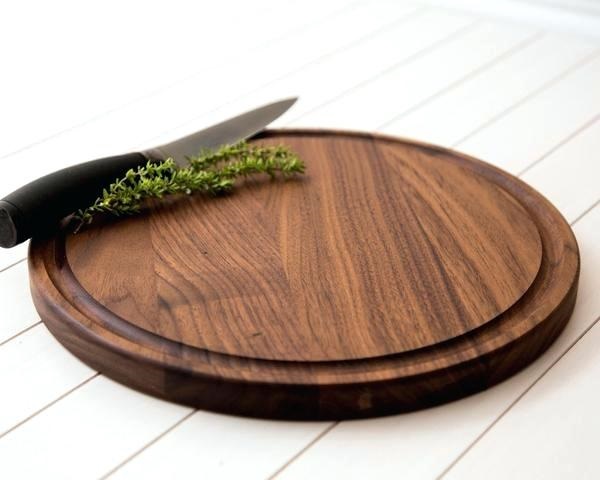
photo source: zelembor.com
The chopper - present in every kitchen. Types of mincers
Romania is one of the largest shredder producers in Europe. As it's hard to find a kitchen without at least one of these, Romanian choppers are certainly found in many homes across Europe.
In the past, chippers were made from a single piece of wood. To avoid bending, to make them stronger and to use the wood more efficiently, they are now made of solid wood panels. From those panels made of pieces of lumberjoined in the teeth to make them longer and then glued together to form a panel. To make them even stronger, several panels are glued together, just like in getting the tackle.
Different types of wood can be used to make the panels. If the colour difference between them is large, the woodchips will have very interesting designs.
A chopper highly valued for its appearance is the one made from pieces of wood so glued together that the front and back of the chopper are end grain. The appearance is very interesting and is accentuated if the chopper is painted. But unfinished is not recommended as a butcher's chopper or for cutting meat, because the absorption is higher compared to normal choppers. On the other hand, if the finishing is done with oil and thus the absorption is blocked, it is much more resistant because the knife does not cut the fibres but penetrates between them.
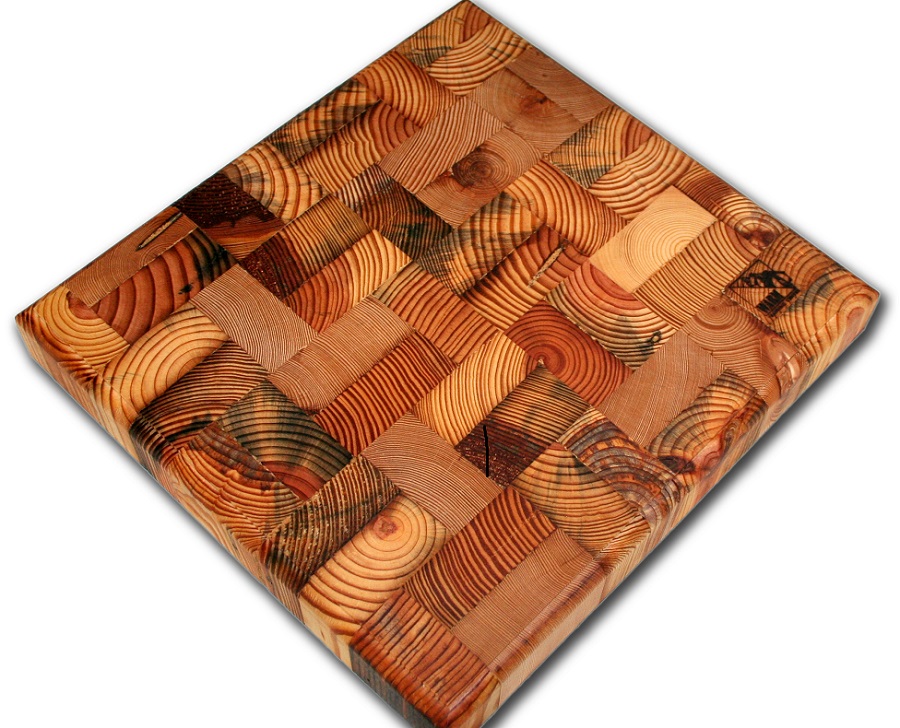
photo source: givui.com
Why a wood chipper
If there are problems with absorption, bending or peeling (if the adhesive is not well chosen) why choose a wood chipper? Aren't plastic ones better?
Studies have shown that wood is antibacterial and antimicrobial, being very hygienic for use in the kitchen. It seems strange, but bacteria and germs thrive much better in plastic micro-cutters.
A wooden shredder is easier to clean and maintain than a plastic one. If cleaned properly it can last a lifetime. In addition it can be treated with substances (oils) that prevent water from soaking in deeply, and if the surface looks too badly damaged by cuts, a simple sanding brings the wood back to a clean surface.
Wood is a biodegradable material and a renewable source. So more arguments in favour of choosing wood. In these times when the focus on the environment is, thankfully, increasing, these are arguments not to be ignored.
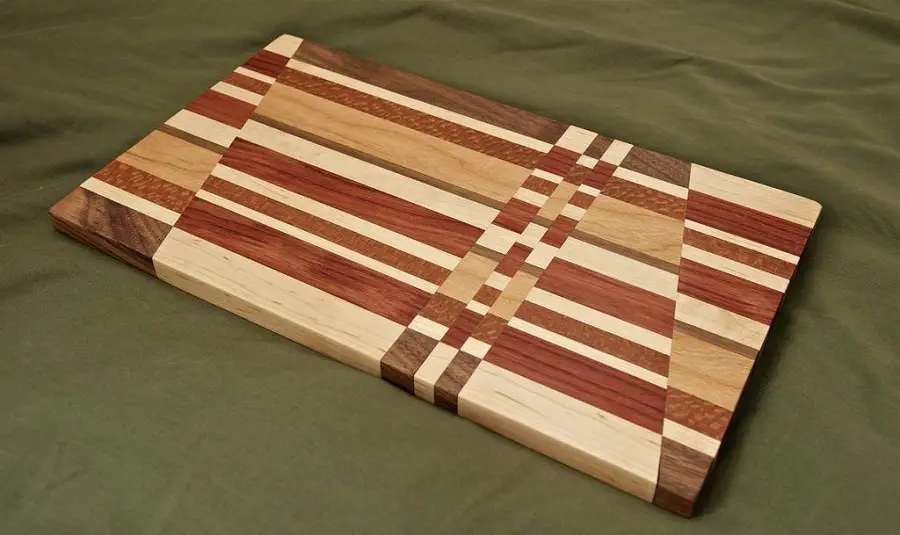
Choice of wood
The best wood for chippers is hard, high-density wood with small, closed pores. Hardness and high density make it durable and small pores prevent absorption.
Worldwide the most used essences are bamboo, maple, tec and cherry. Because they are aesthetically pleasing, shredders are also made from oak or nucbut choose species with the smallest pores.
In our very used for shredders is fagul. They are also used resinous because they smell nice, but are less resistant. Plopul is used for carving spoons and cups, but is not used to make shredders because it is soft. When made from multi-layered boards the faces can be hardwood and the core softer wood.
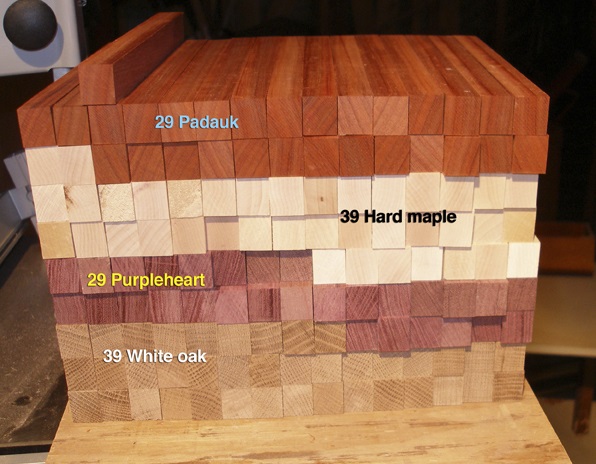
What type of adhesive is best for gluing shredders
Matefy Csaba from Szolvegy Târgu Mureș, told me about the problems faced by wood chipper manufacturers and explained how they came about. In the past, D3 adhesive was recommended for joints because it was sufficiently resistant to moisture to avoid problems with delamination.
As technology evolved, equipping kitchens with dishwashers became commonplace. Dishwashers are no longer seen as a luxury but a necessity, so many people can't imagine not having one in their kitchen.
Initially no one thought that dishwashers would be the cause of the increase in complaints. The packaging stated how to care for them and made it clear that they should not be washed in the washing machine. Except that the packaging or label is immediately discarded, and the instructions for use are hardly read.
So the wooden choppers ended up in the washing machine along with the plates, cutlery and saucepans. Sometimes this was done immediately after purchase and was considered sterilisation before use. Washing technology involves boiling water and superheated steam, conditions that a D3 adhesive cannot withstand. The shredder would come out of the machine in pieces and that's how complaints arose.
Attempts were made for a while to educate the public with articles such as "How to care for a kitchen chopper", but it was clear that this was not the answer. So more and more adhesive manufacturers steered their customers towards D4 adhesives, assuring them that the price difference would be covered by the lack of complaints. Solvegy decided to recommend only TISZABOND D4 adhesives Wood chipper manufacturers, telling them it's the only way a wood chipper joiner can survive in a dishwasher.
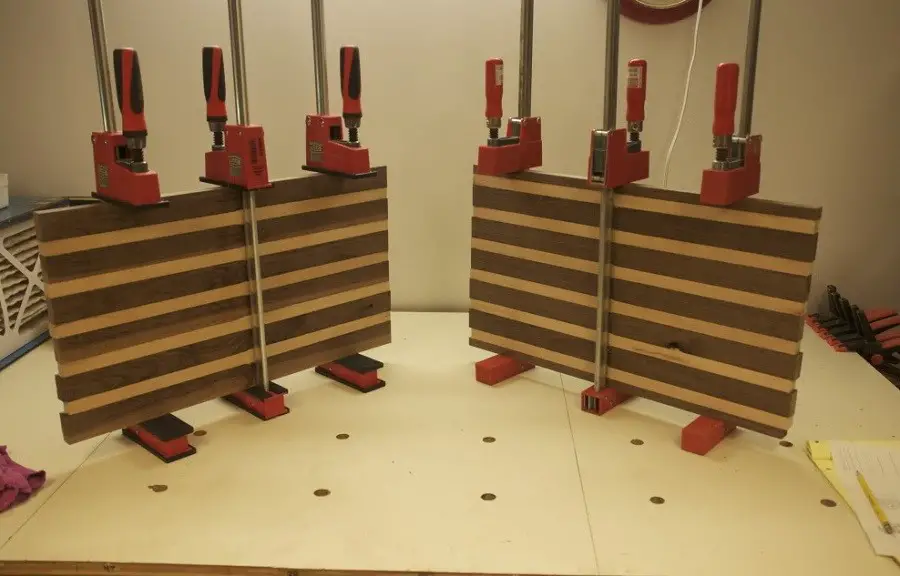
Protecting shredders for easy maintenance and long life
Finishing shredders is not necessary, but a finished wood chipper is better maintained. The kitchen chopper is a heavily used wood, subject to moisture, abrasion (by cleaning) and therefore if a way can be found to protect it without being toxic it is good to use.
The best option is oiling. Oil penetrates deep into the wood and protects it by preventing water absorption. At the same time it allows the wood to vary in size without the appearance of film cracks. The oil is applied lightly with a cotton cloth or brush, after which the excess is wiped off. An oiled shredder is much easier to maintain, as deep absorption of the resulting juices is prevented.
The advantage of using oil for protection is that there is quite a wide range to choose from.Linseed oiland walnut are the most used because they polymerise and provide better protection.
Another option is mineral oil, prized for being transparent, colourless, tasteless and odourless. However, it is not a polymerising oil, so you have to wait longer for it to dry. Mixtures of oil (linseed, coconut) with beeswax can also be used. The important thing is that the products should be natural, healthy and without added chemicals.
Over time, due to use, the oil on the surface is washed away by water. The grinder will look duller and drier when not in use (not wet). To be used further, another coat of oil must be applied. But first it must be thoroughly cleaned:
- Wash thoroughly with water. If dishwashing detergent is used, keep it under running water for a long time.
- To remove odours, you can rub with lemon juice mixed with salt or a mixture of vinegar and baking soda. Wash thoroughly afterwards with a jet of water
- Cleaning is done on both sides even if only one side is used. Water absorption is even and the wood does not warp.
- After washing, allow to dry thoroughly before applying the oil coating.
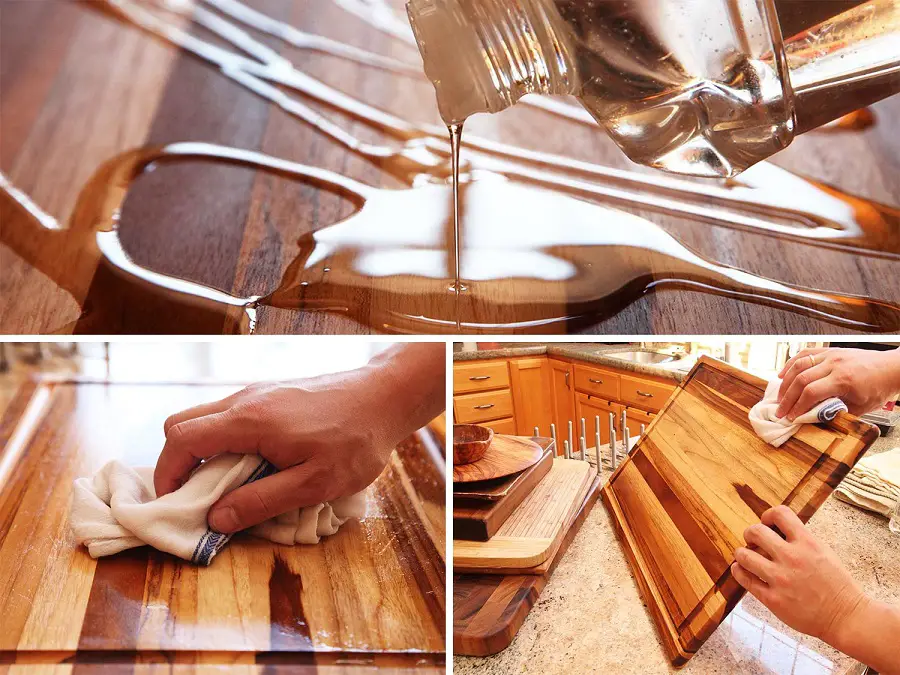
The recommendation not to wash shredders in the washing machine still applies.
Not all manufacturers use D4 adhesives so it's best not to risk it.



















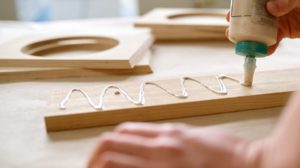
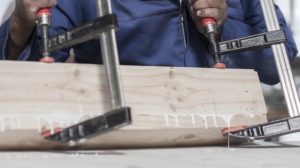
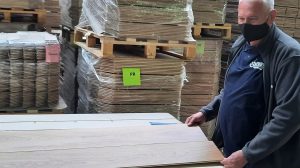
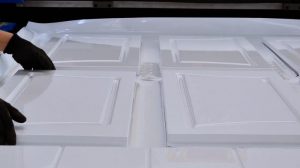


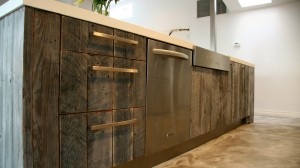

Add comment